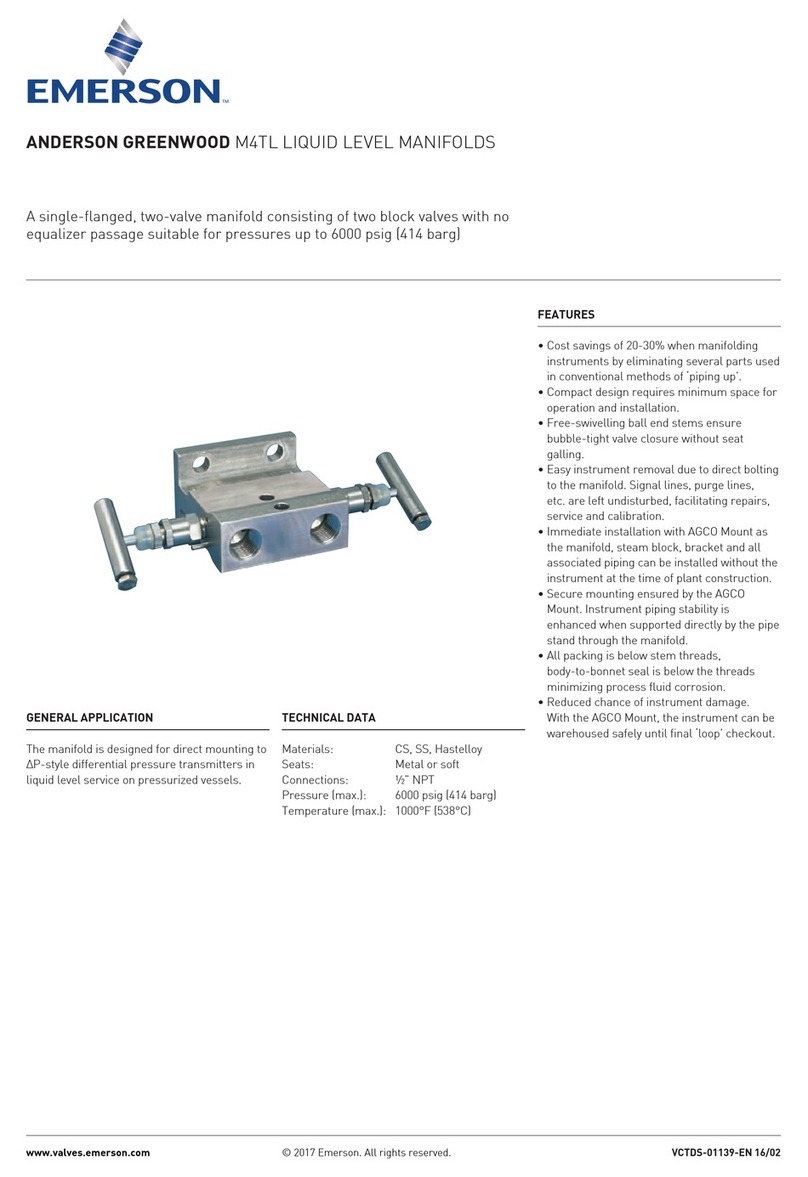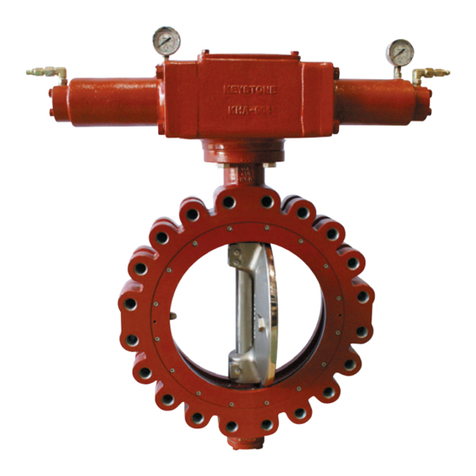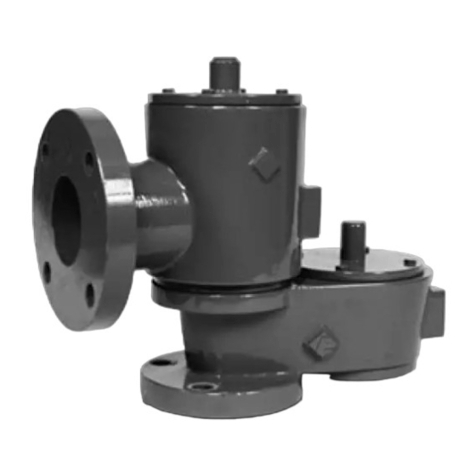Emerson Baumann 83000 User manual
Other Emerson Control Unit manuals
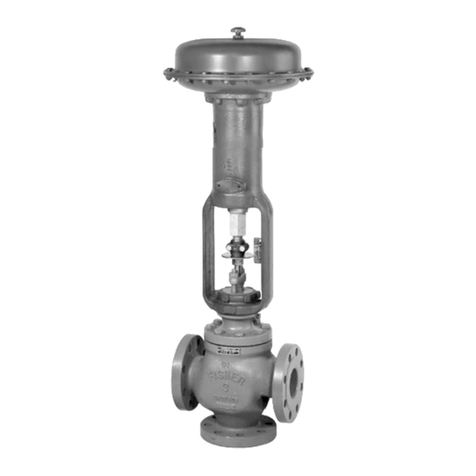
Emerson
Emerson Fisher YD User manual

Emerson
Emerson NEOTECHA SNB Series User manual

Emerson
Emerson Liebert Challenger 3000 User manual
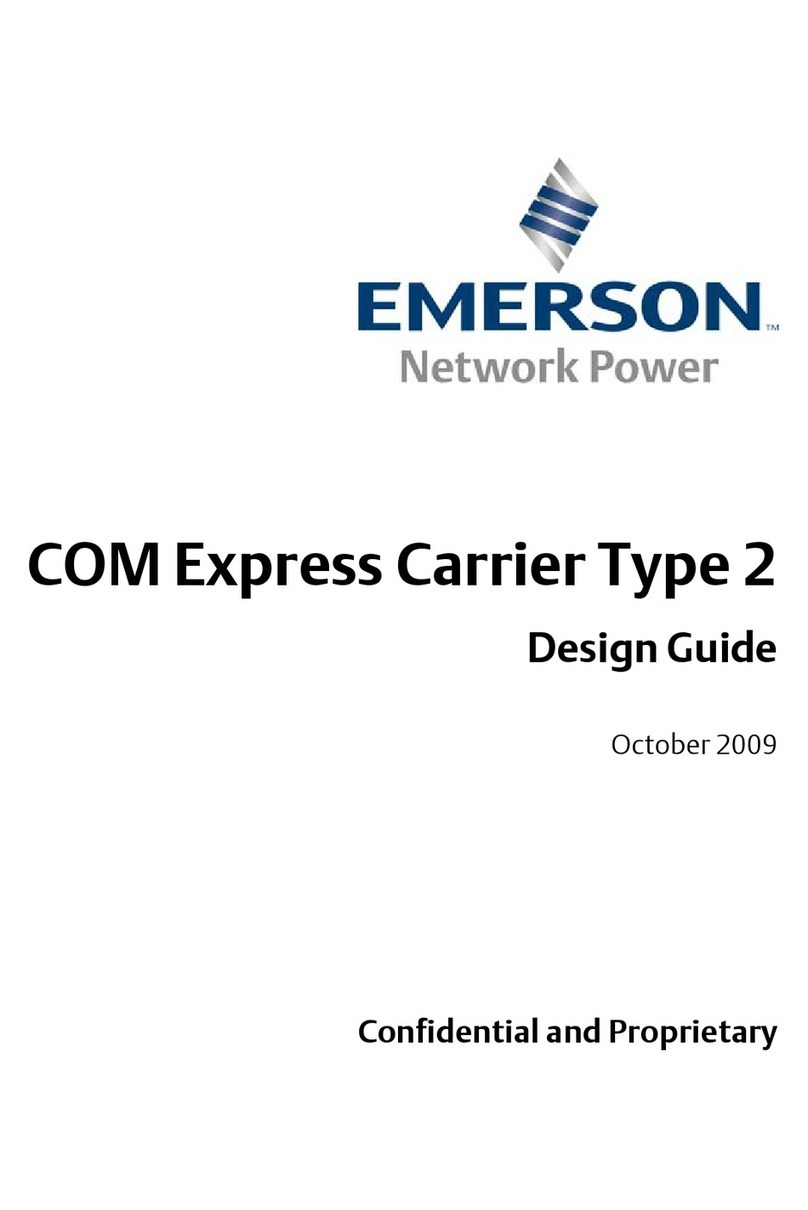
Emerson
Emerson COM Express Carrier Guide

Emerson
Emerson SAPAG User manual
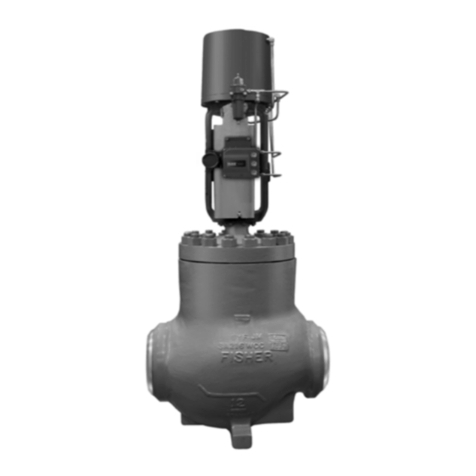
Emerson
Emerson Fisher Large ET User manual
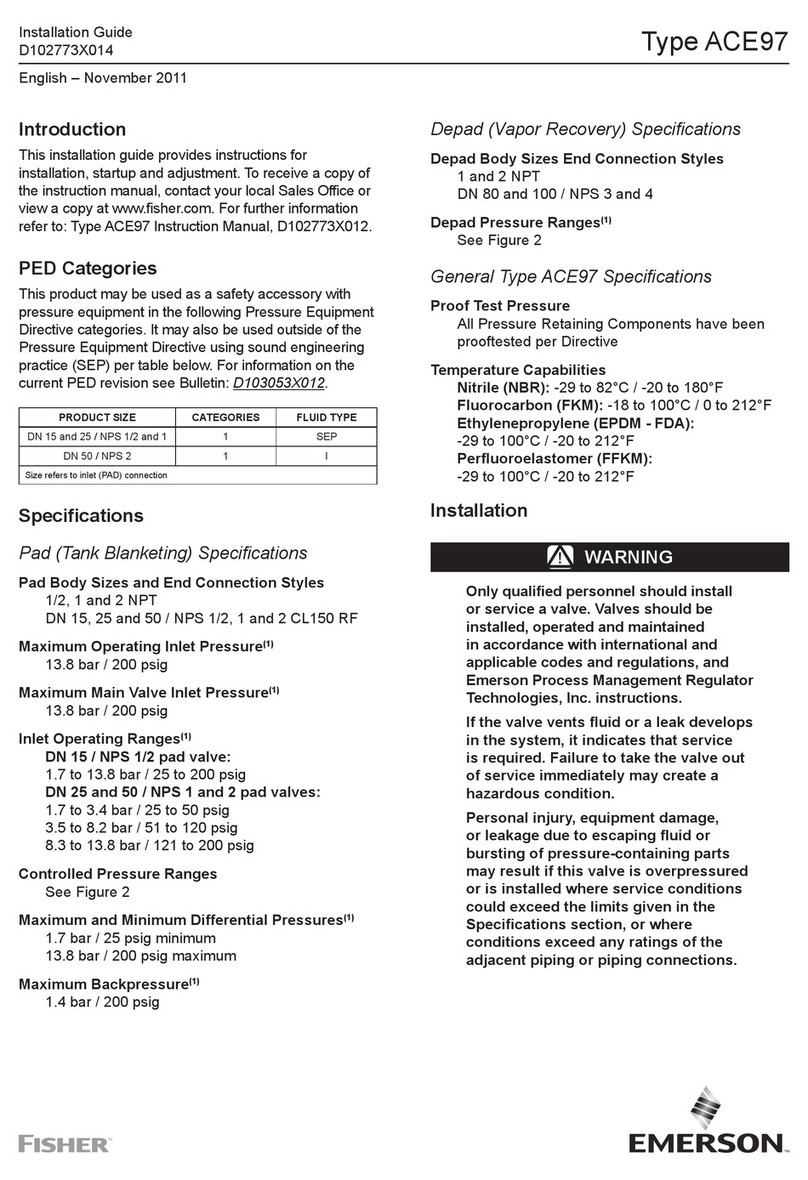
Emerson
Emerson ACE97 User manual
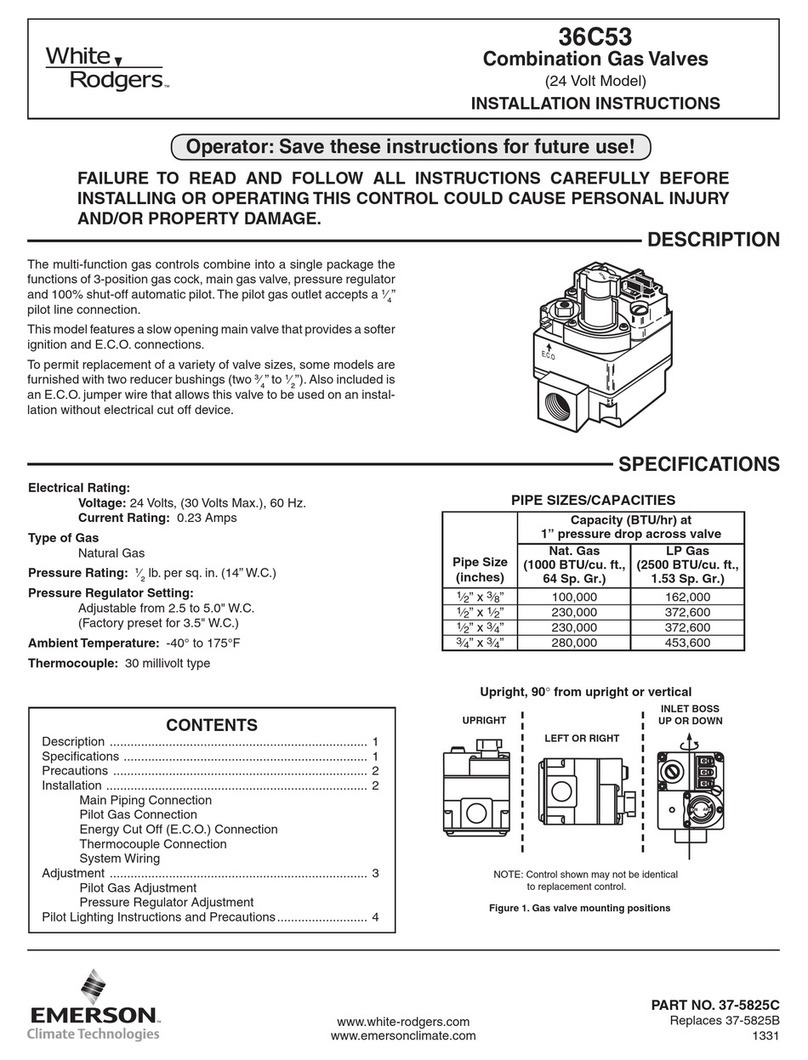
Emerson
Emerson White Rodgers 36C53 Series User manual
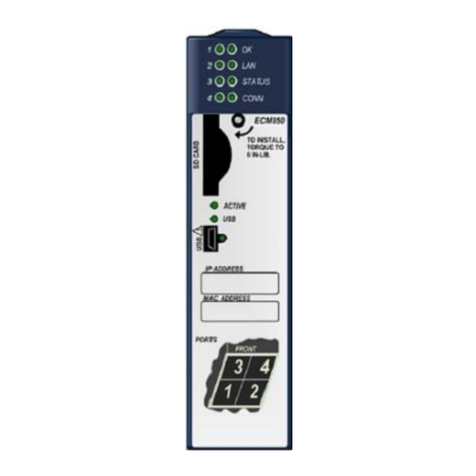
Emerson
Emerson PACSystems RX3i IC695ECM850 User manual
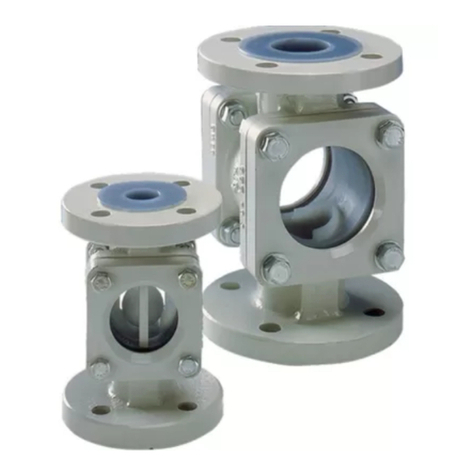
Emerson
Emerson NEOTECHA KR Series Quick guide
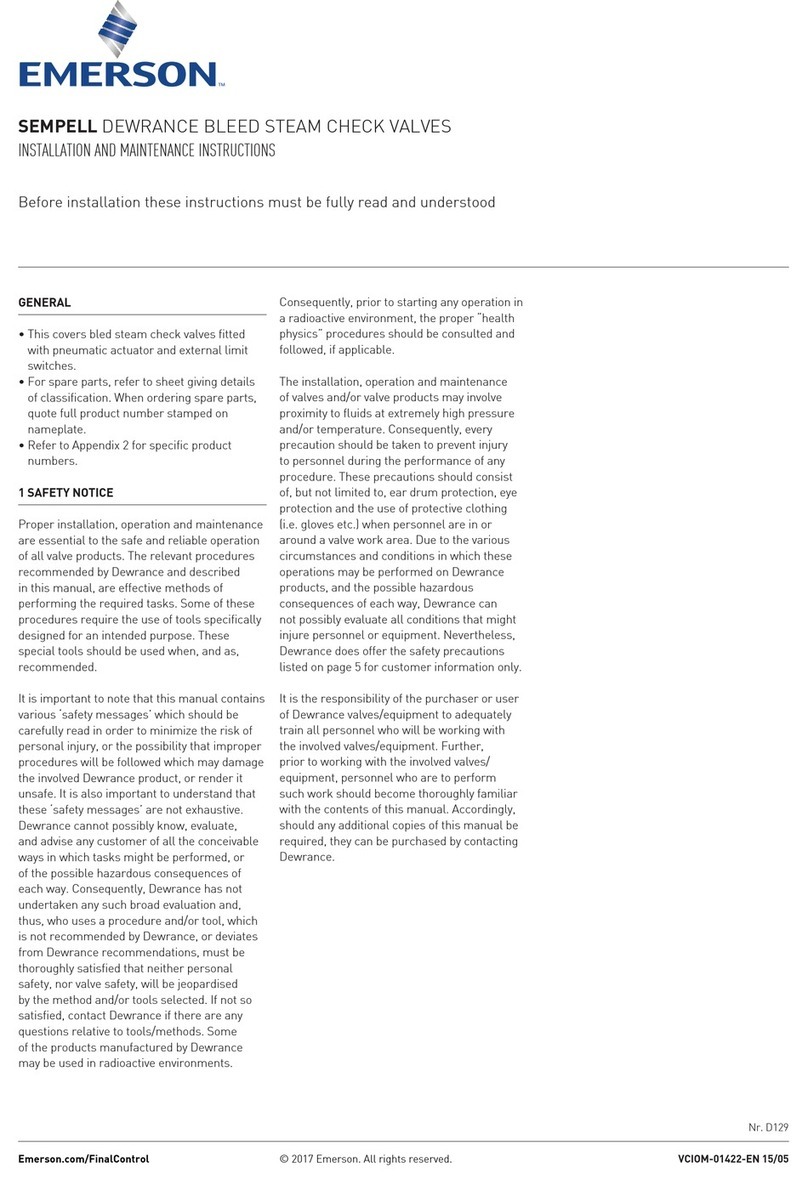
Emerson
Emerson SEMPELL User manual
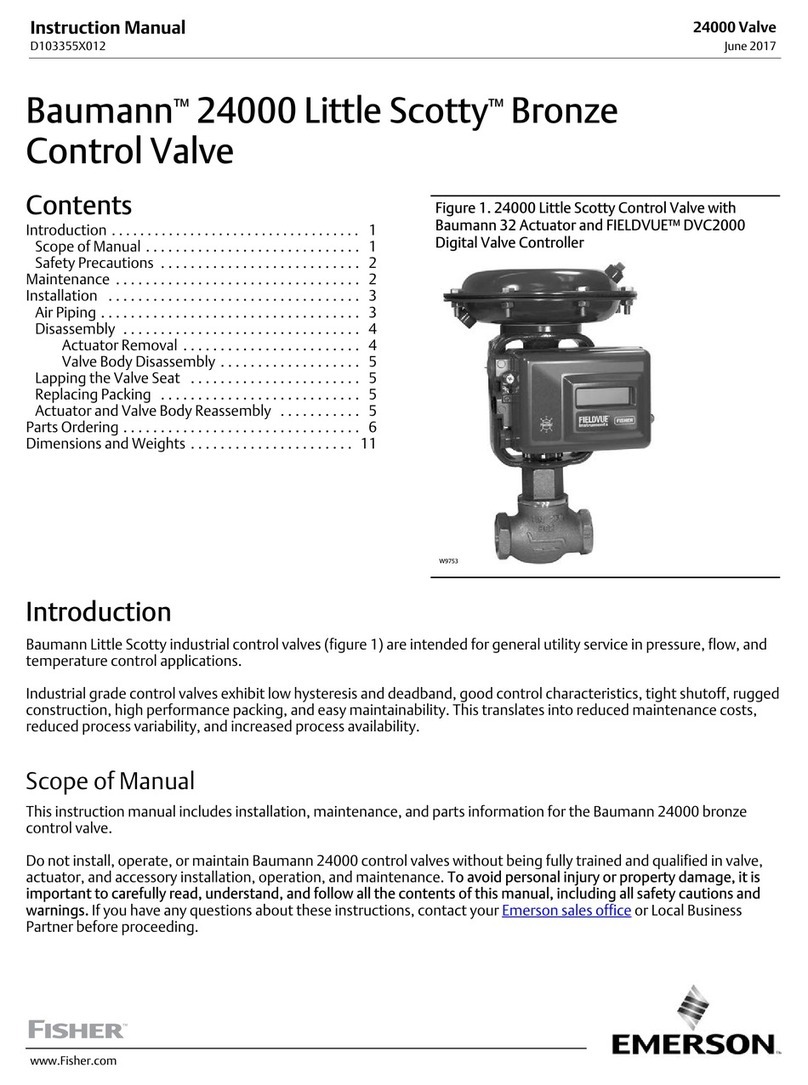
Emerson
Emerson Baumann 24000 Little Scotty User manual

Emerson
Emerson White Rodgers 36C94-303 User manual
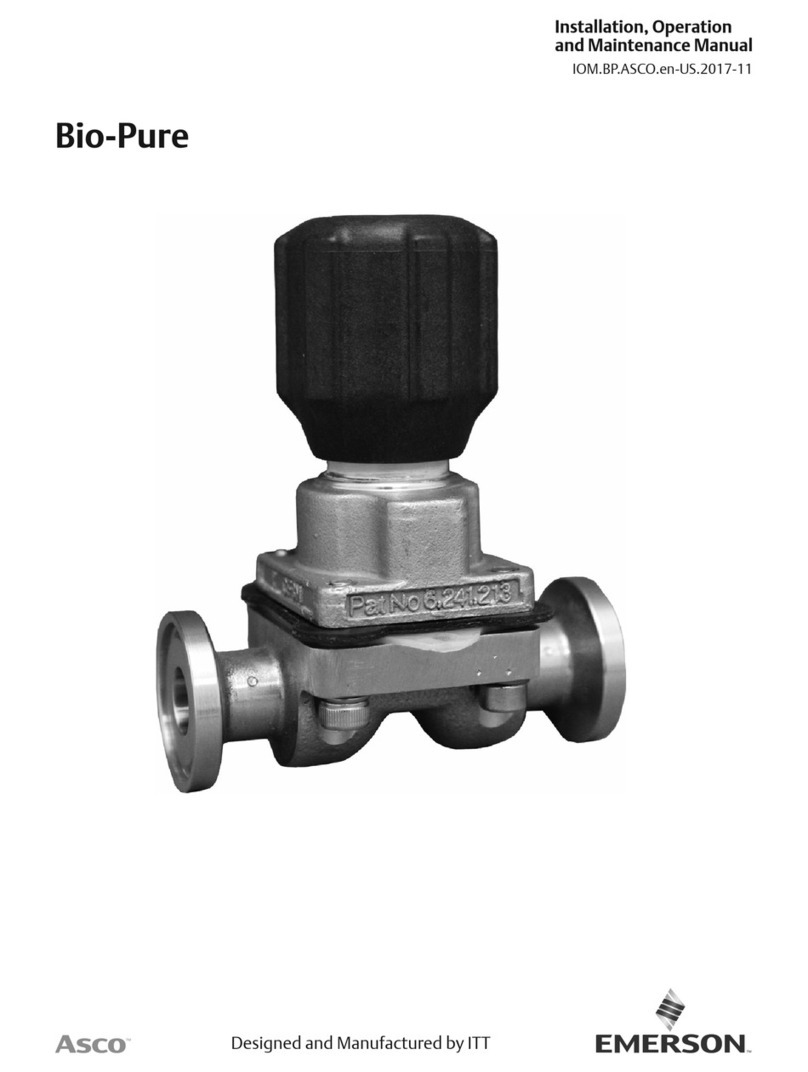
Emerson
Emerson Asco Bio-Pure User manual
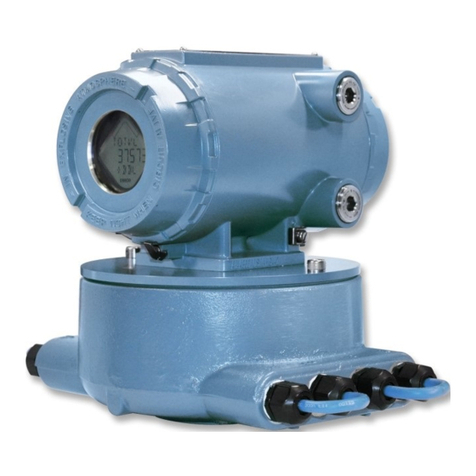
Emerson
Emerson Rosemount Ultrasonic 3410 Series User manual

Emerson
Emerson Fisher 6010 User manual
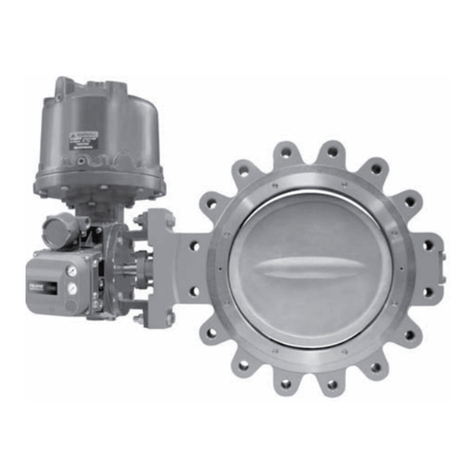
Emerson
Emerson Fisher Control-Disk NPS 14 CL150 User manual
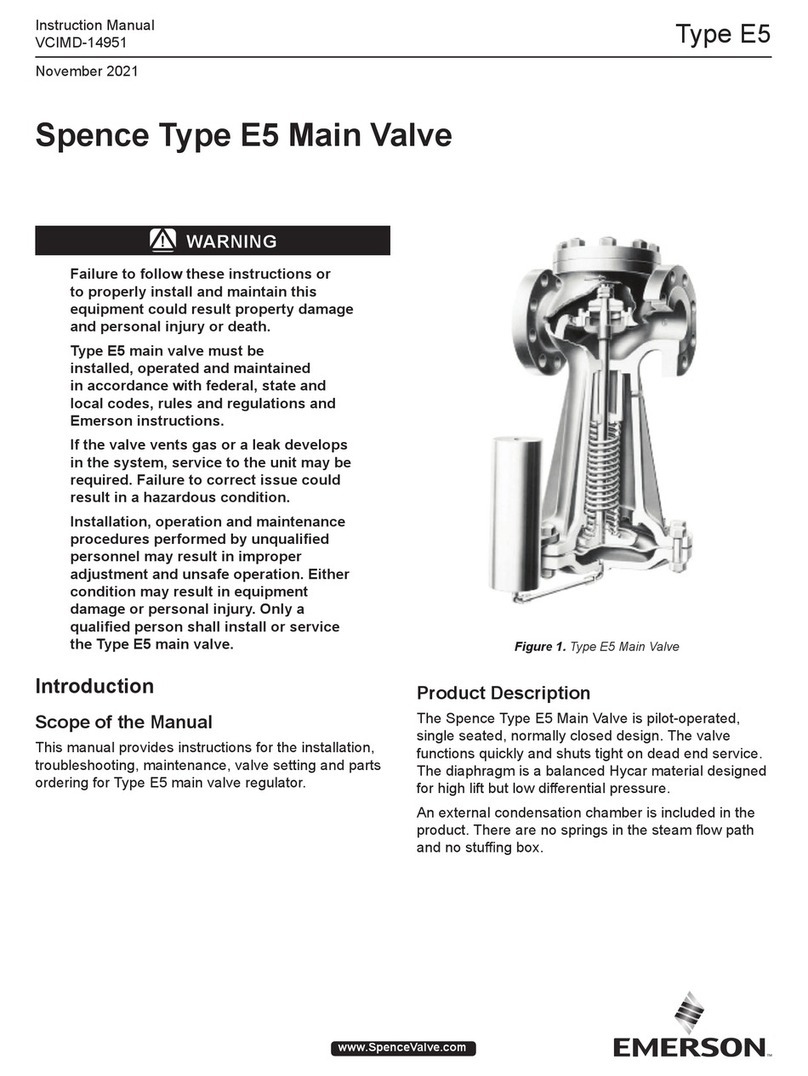
Emerson
Emerson E5 User manual
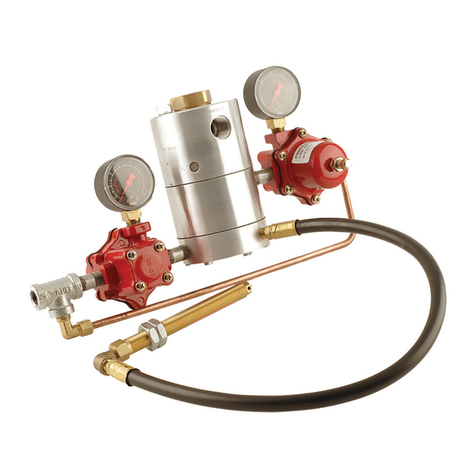
Emerson
Emerson Fisher N201 Series User manual

Emerson
Emerson Liebert OpenComms SL-19534 User manual
Popular Control Unit manuals by other brands

Festo
Festo Compact Performance CP-FB6-E Brief description

Elo TouchSystems
Elo TouchSystems DMS-SA19P-EXTME Quick installation guide

JS Automation
JS Automation MPC3034A user manual

JAUDT
JAUDT SW GII 6406 Series Translation of the original operating instructions

Spektrum
Spektrum Air Module System manual

BOC Edwards
BOC Edwards Q Series instruction manual

KHADAS
KHADAS BT Magic quick start

Etherma
Etherma eNEXHO-IL Assembly and operating instructions

PMFoundations
PMFoundations Attenuverter Assembly guide

GEA
GEA VARIVENT Operating instruction

Walther Systemtechnik
Walther Systemtechnik VMS-05 Assembly instructions

Altronix
Altronix LINQ8PD Installation and programming manual
